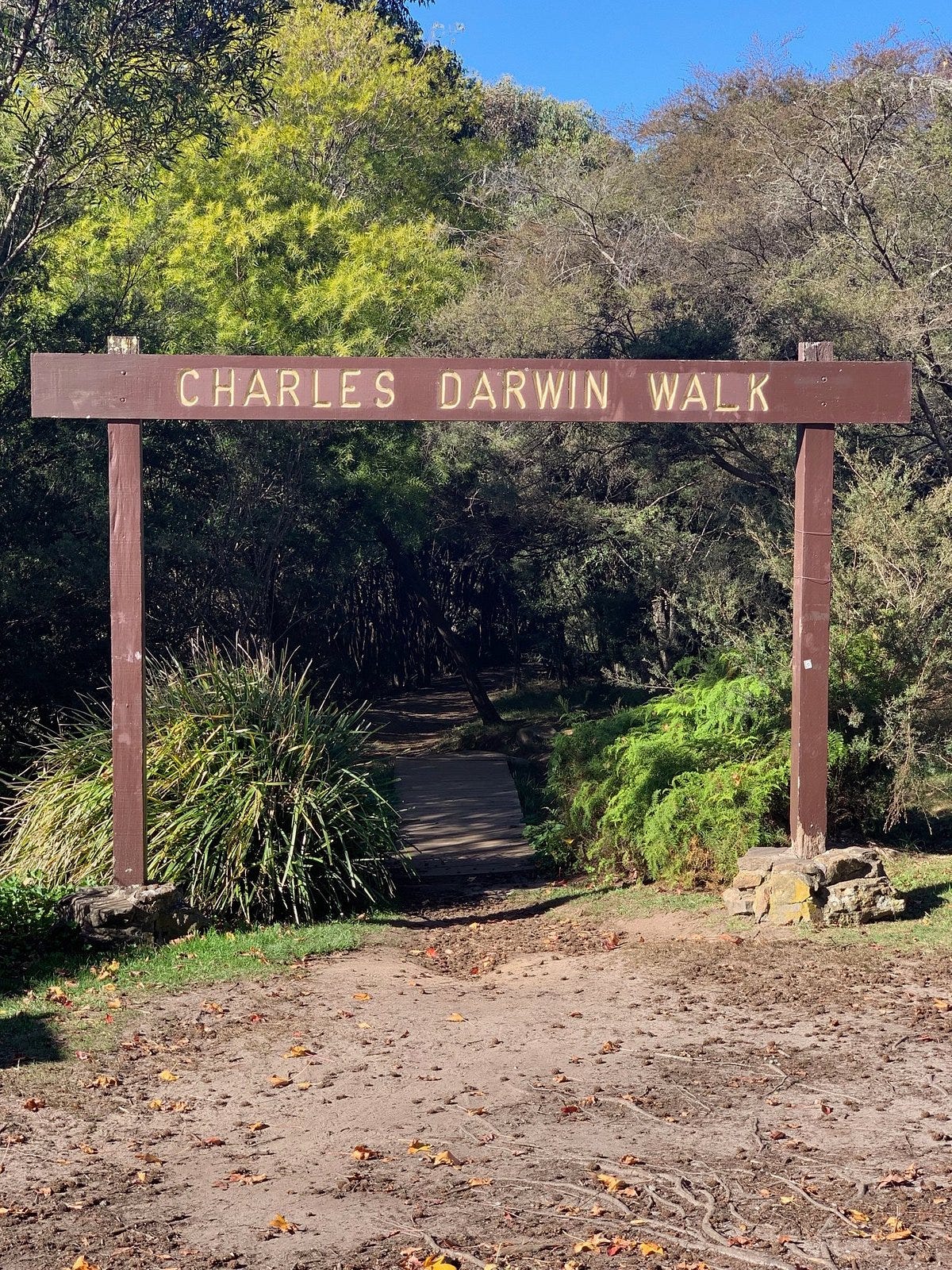Embracing the Dual Nature of Scientific Thought
Exploring the Balance Between Associative Creativity and Rational Analysis in the Pursuit of Discovery
Subscribe to Genomely for the latest discoveries and in-depth analyses in your inbox.
Thank you to our subscribers for your continued support and passion for science!
In the thought-provoking article by Marten Scheffer, the essential, albeit frequently overlooked, components of scientific thinking are meticulously examined. Scheffer delves into the dichotomy between two distinct modes of thinking prevalent within the scientific community: the associative mode and the reasoning mode. While traditional scientific environments and educational systems heavily favor logical reasoning and structured analysis, Scheffer posits that this imbalance overlooks the significant benefits of associative thinking, which encompasses creativity, spontaneity, and the capacity for making remote connections between seemingly unrelated ideas.
Drawing upon historical examples and current scientific studies, Scheffer underscores the importance of fostering a balance between these two modes of thought. He recounts how legendary figures like Charles Darwin embraced the associative mode, illustrating this through Darwin's routine of reflective walks along his “thinking path,” which notably contributed to the development of groundbreaking theories. Scheffer suggests that such practices are not merely incidental but are foundational to the process of generating revolutionary scientific ideas.
Further emphasizing the importance of associative thinking, Scheffer discusses how environments conducive to serendipitous thoughts and unexpected connections can lead to high-impact discoveries. He highlights research showing that scientific articles that draw from diverse fields or that establish “unconventional” links tend to have the most significant impacts. This, according to Scheffer, showcases the value of interdisciplinary approaches and the power of diverse knowledge bases in sparking innovative solutions.
However, Scheffer notes the rarity of successful institutional interdisciplinarity, pondering the paradox of how structured attempts to foster cross-disciplinary collaboration often fall short in igniting the creative spark found in more spontaneous or unplanned interactions. He advocates for creating spaces and opportunities for such serendipitous interactions, citing examples like small interdisciplinary institutes and social spaces within academic settings that encourage informal exchanges among individuals from different fields.
Scheffer challenges the scientific community to reconsider its values and educational methodologies, arguing for a more significant emphasis on cultivating an environment that encourages risk-taking, curiosity, and a broader scope of interests. He criticizes the current focus on narrowly defined skillsets and conventional knowledge acquisition, arguing that true scientific breakthroughs often emerge from a blend of rational analysis and adventurous, associative thinking.
Reference: https://www.pnas.org/doi/full/10.1073/pnas.1404649111





